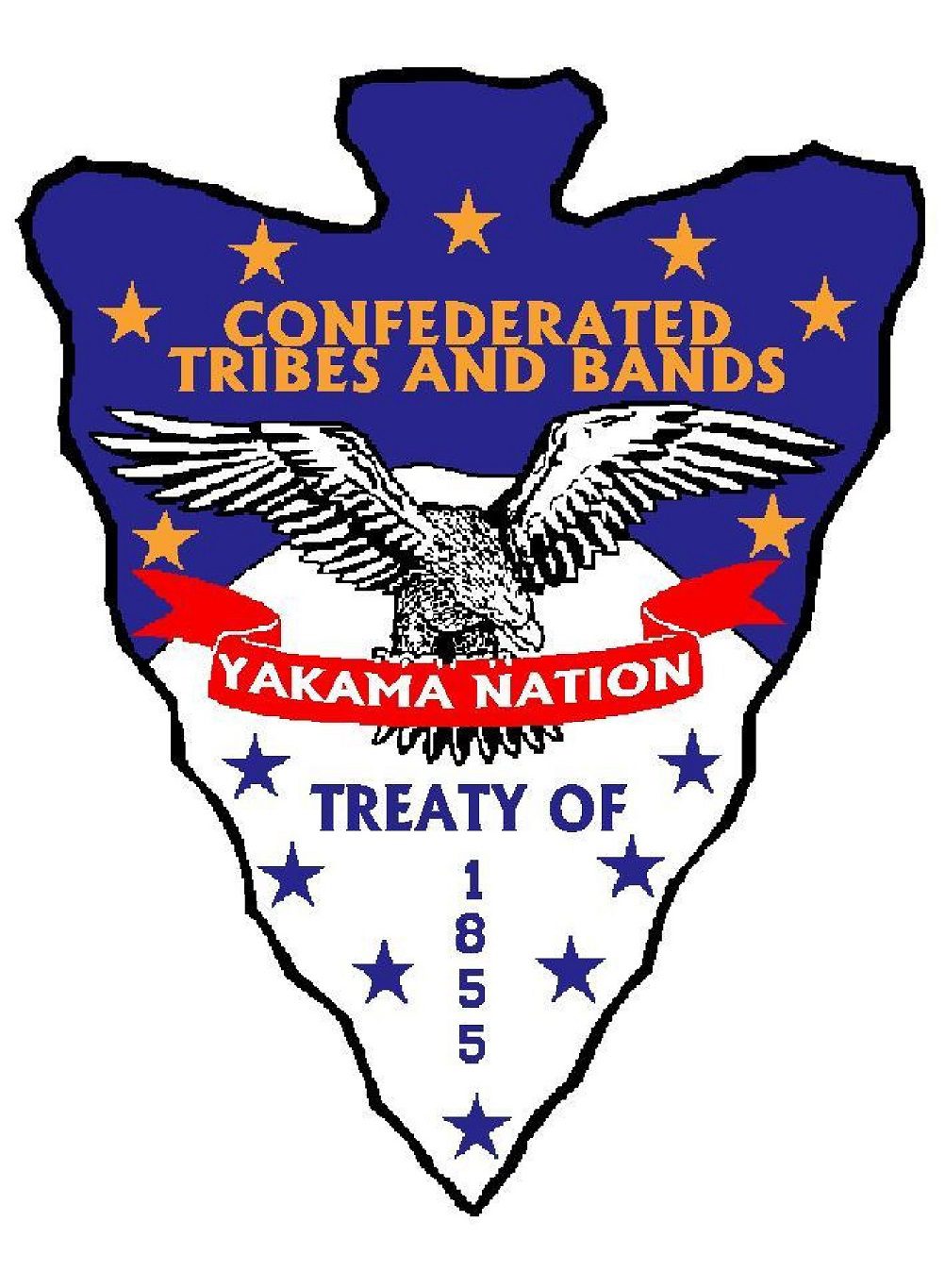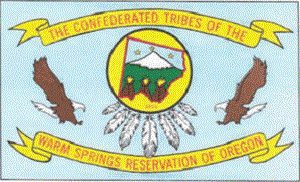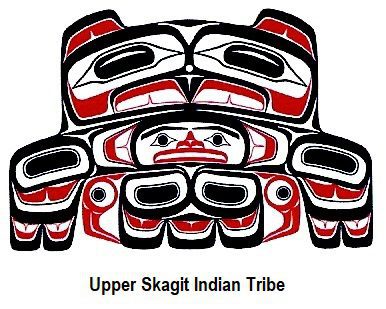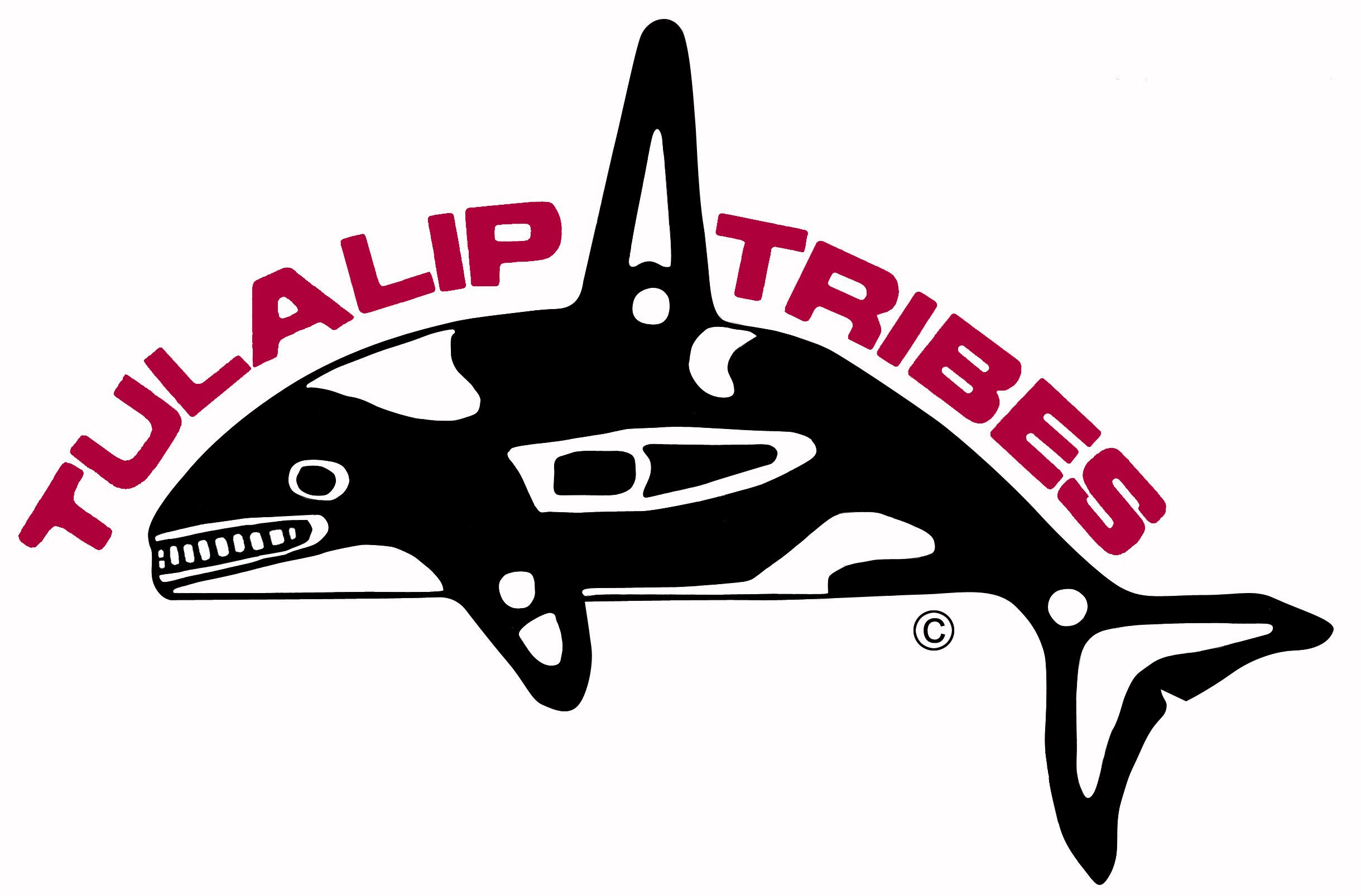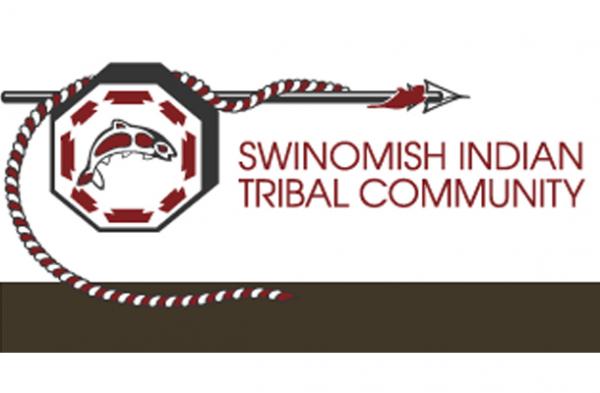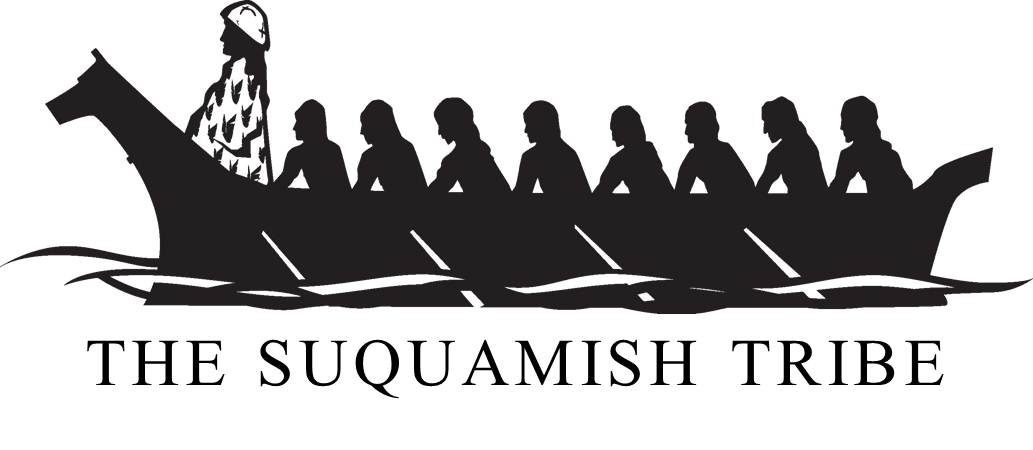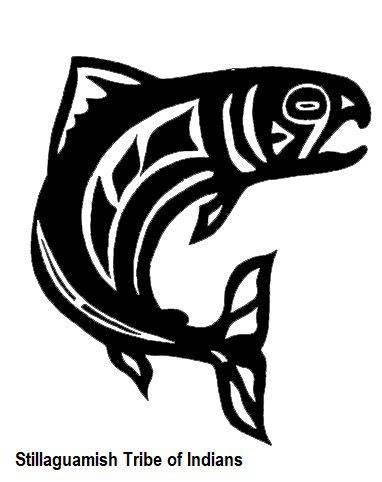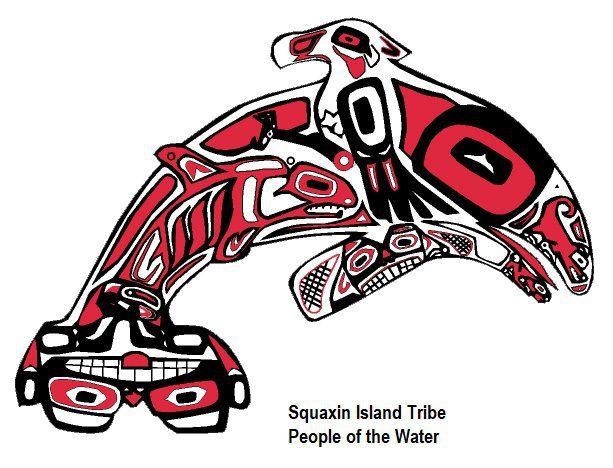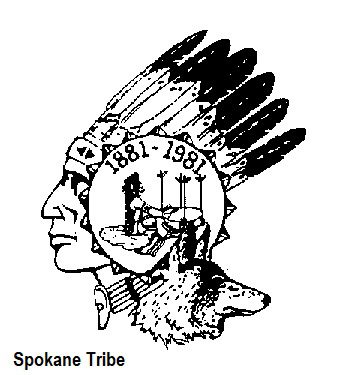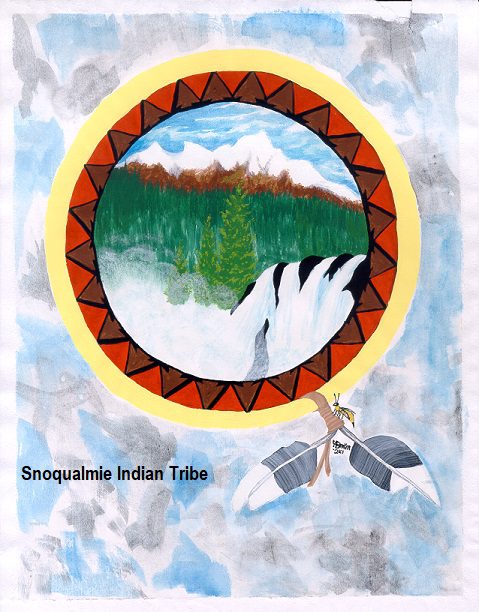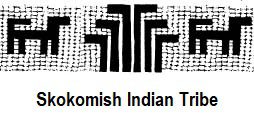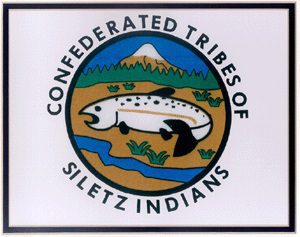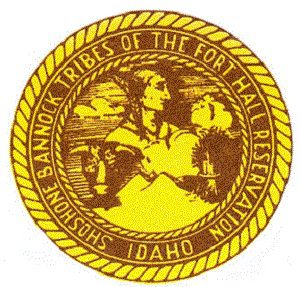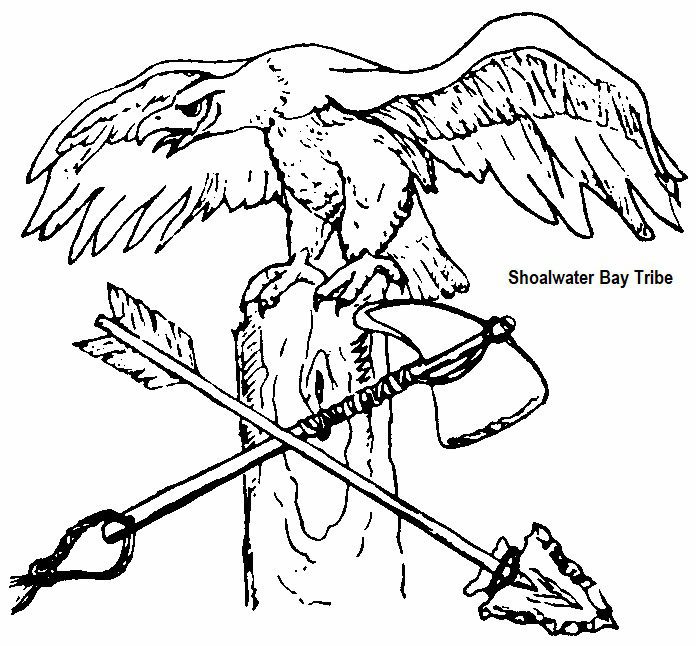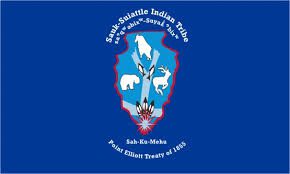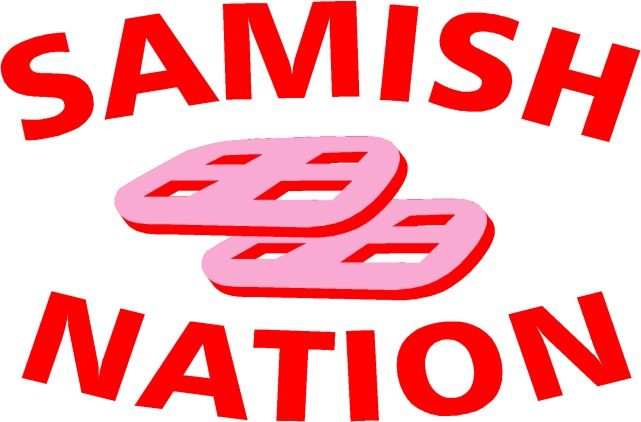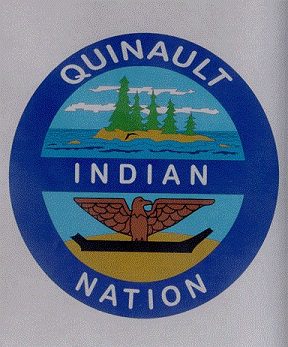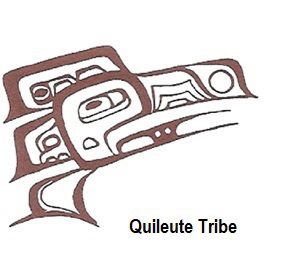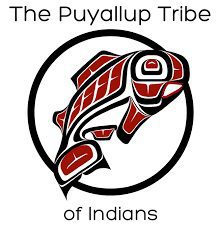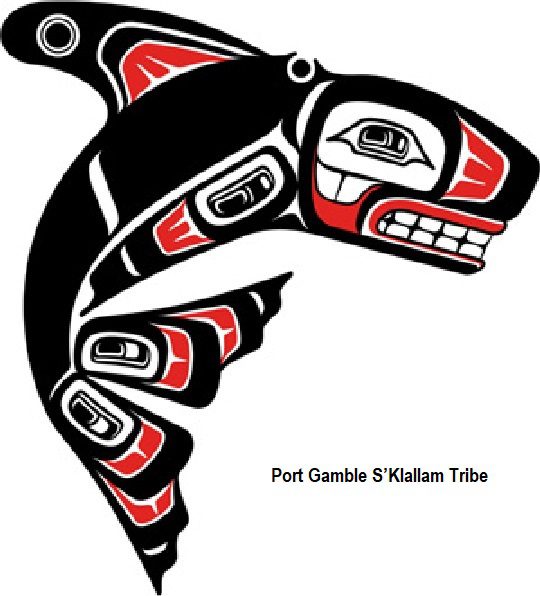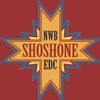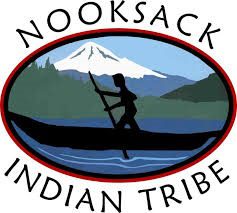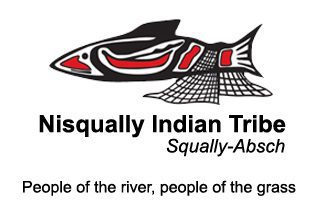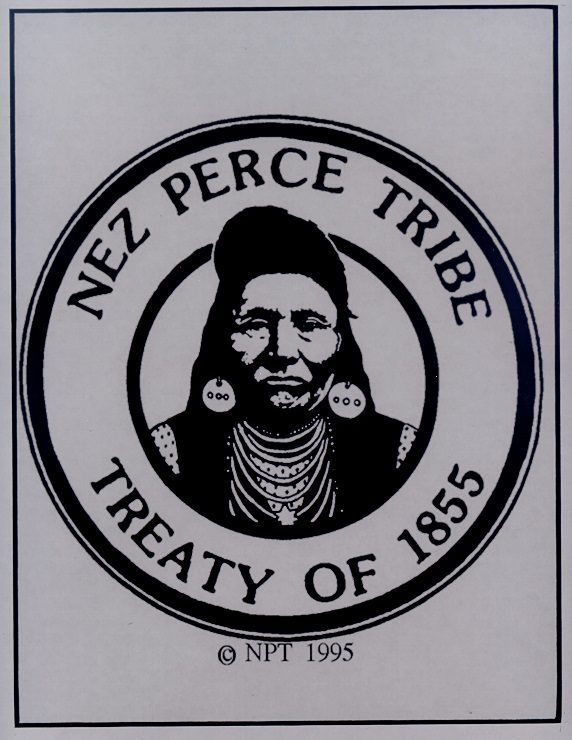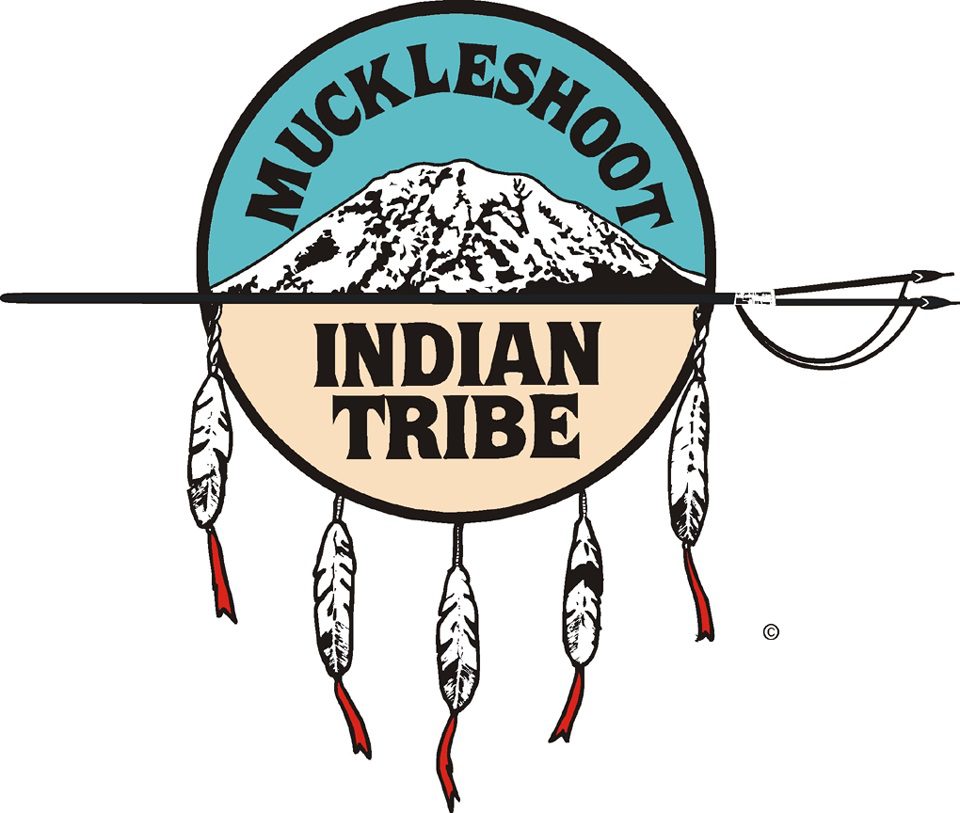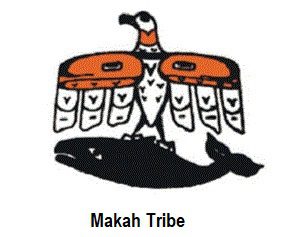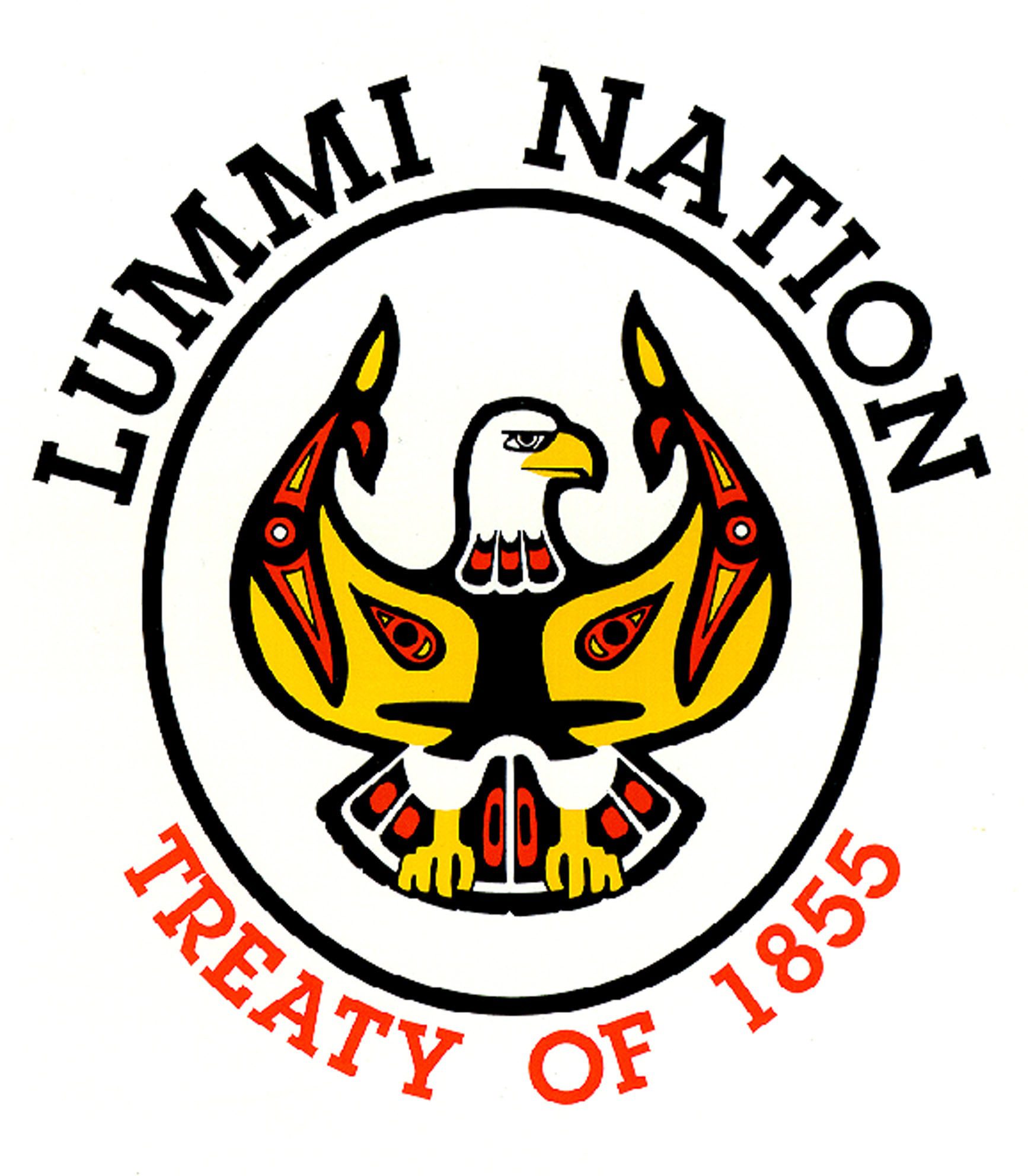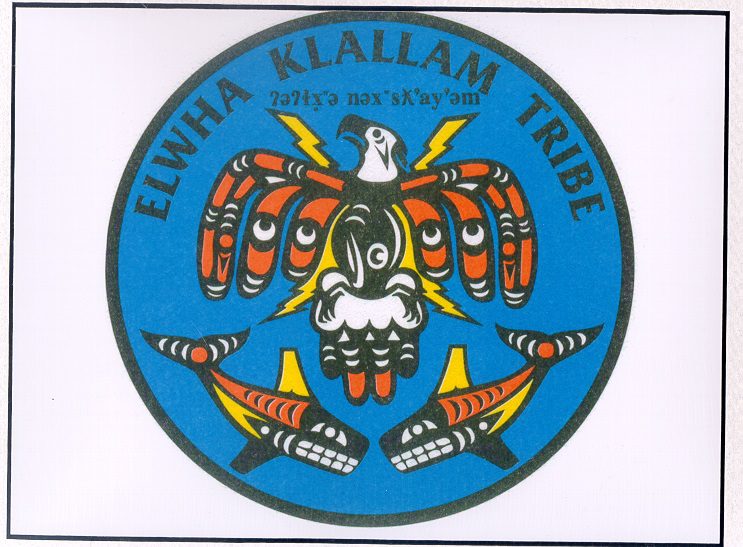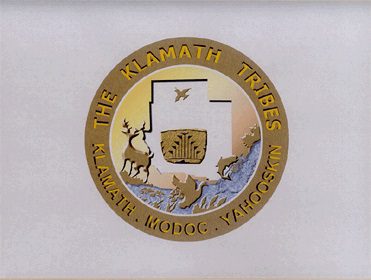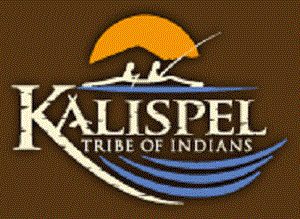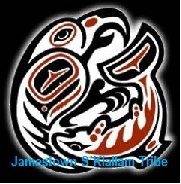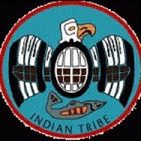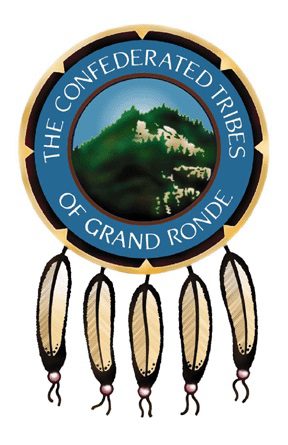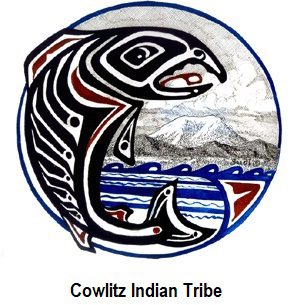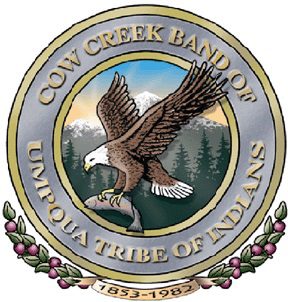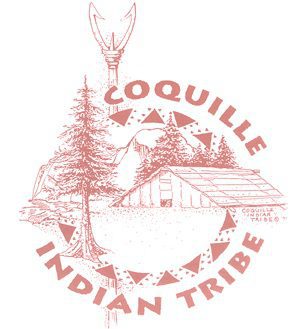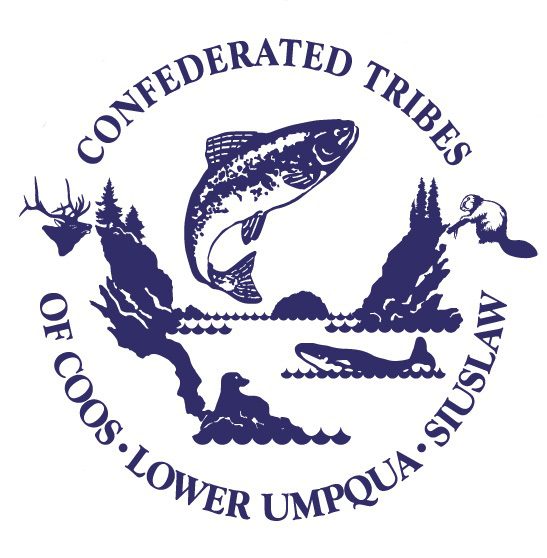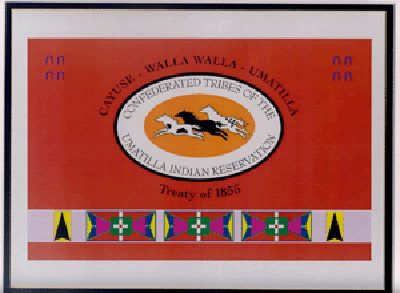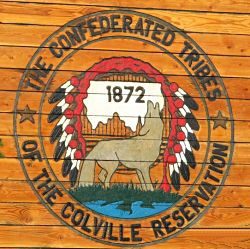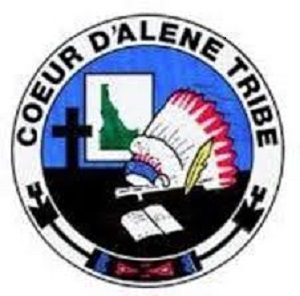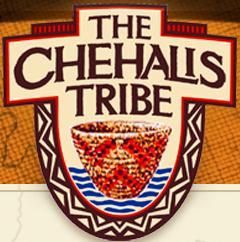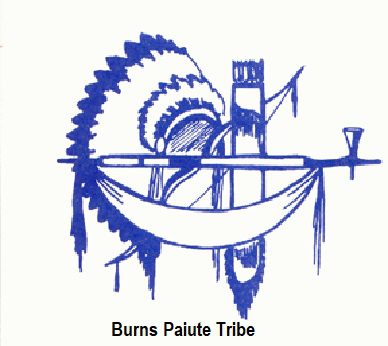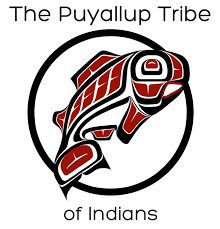The Snoqualmie Tribe offers a variety of Health Services from alcohol and substance abuse counseling to everyday health care needs such as immunizations and physicals. Some of these services are restricted to serving Snoqualmie Tribal Members only while others are open to other Natives and the greater non-Native community. The Snoqualmie Tribe owns and operates two Health Clinics in the Snoqualmie Valley area. The clinics are open to the public and the staff provides quality health care for the entire family. Services include family health care, diabetes management, immunizations, well-child care, physicals and 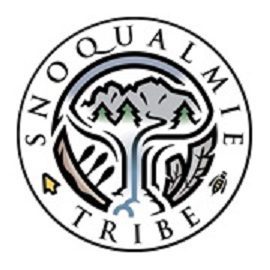 women’s health care.
women’s health care.
The Snoqualmie Tribe—sdukʷalbixʷ in the Native language—consists of a group of Native American peoples from the Puget Sound region of Washington state. The Snoqualmie are also known as the Snoqualmu, Snoqualmoo, Snoqualmick, Snoqualamuke, or Snuqualmi. Their autonym is Sduk-al-bixw, meaning “strong people of status”.
The people have lived in the Puget Sound region since time immemorial. Long before the early explorers came to the Pacific Northwest, the people hunted deer and elk, fished for salmon, and gathered berries and wild plants for food and medicine. They are Coast Salish Native American peoples from the Snoqualmie Valley in east King and Snohomish Counties in Washington state. The Snoqualmie Tribe Chief Patkanim signed the Point Elliott treaty with the Duwamish, Suquamish, and other tribes. Some Snoqualmies settled onto the Tulalip Reservation after signing the Point Elliott Treaty with the Washington Territory in 1855, the Snoqualmie people were to remove to Tulalip Reservation, Patkanin was buried there, but many remained in their ancestral homelands around the Snoqualmie Valley and Lake Sammamish.
At that time, these people were one of the largest tribes in the Puget Sound region totaling around 4,000. They lost federal recognition in 1953, but after much battle, regained recognition in October 1999 by the Bureau of Indian Affairs.
With federal recognition, they were able to develop the Snoqualmie Casino, which helps to financially support services for the tribal members and local community.
There are also a quite a number of Snoqualmie People in the neighborhood of Tolt, which was the center of their old territory and another scattering in on the Muckleshoot Reservation of Seattle. This tribe was a single, distinct social unit, united by kinship and other social ties. The Snoqualmie may not have been a single political unit in the sense of having an overall leader. Marriages within the group were common and there were many marriages with members of other area tribes, following the patterns of traditional social organization.
By 1914, the population of these settlements had largely dispersed, although some families remained at Lake Sammamish until the 1930’s and some Upper Snoqualmie families remained on their original lands. On June 30, 1961 the Indians Claims Commission ruled against the petitioners. On August 27, 1965 the Snoqualmie people appealed to the Court of Claims and the court reversed the commission’s decision on the issue. On September 23, 1968 the commission entered the final argument or judgment in favor of the Snoqualmies and the Skykomishes and offered a settlement of $257,698.29. The Snoqualmie tribe had already received $25,889.75 under the Point Elliott Treaty.
The Snoqualmie lived on the Snoqualmie River from North Bend to the junction of the Skykomish and the Snoqualmie rivers. In summer they went to Snoqualmie Prairie to gather roots and berries and roamed through the Cascade Mountains hunting.
Today, many of the members live in the communities of Snoqualmie, North Bend, Fall City, Carnation, Issaquah, Mercer Island and Monroe.
The Snoqualmie People spoke the Southern dialect of the Lushootseed language used by many regional tribes on the Puget Sound Salish tribes who often spoke both the Southern and Northern dialects because of extensive travel in the United States and Canada. Unfortunately, some of these dialects are no longer spoken today. All told only a few dozen elders are still fluent in the Lushootseed/Whulshootseed language, but some younger people are working to keep their ancestral language alive.
They have tried and failed on several occasions to secure a reservation on their ancestral lands along the Tolt River (a tributary of the Snoqualmie River). Instead, they purchased land for and were granted a Reservation near Snoqualmie, Washington, on which the tribe recently opened the Snoqualmie Casino. The Tribe owns the Snoqualmie Casino, which opened in November 2008, and since its inception has experienced considerable success. The Tribe also owns the Snoqualmie Tobacco Company & Liquor Store, which opened in 2011. Both businesses are an important source of revenue and employment for the Tribe. The Snoqualmie Tribe makes
considerable contributions to dozens of nonprofits and community organizations in the Snoqualmie Valley, as well as the greater Seattle area.
The Snoqualmie Tribe is soliciting a request for proposal (RFP) from experienced researchers, or qualified consulting firms, with proven experience, resources, and professional expertise to conduct an economic impact study for the Snoqualmie Tribe. The project should consist of a large – scale research study assessing the benefits and economic impacts the Tribe and its businesses have on the local and regional communities. The Snoqualmie Tribe wishes to have a more comprehensive and cohesive picture of the effect it has on the region. The analysis, reports, and products of this engagement may be used to enhance awareness amongst
stakeholders and the public, and to improve communication with the Tribal Membership, community leaders, and others.
Wealth derived from the trade route over Snoqualmie Pass enabled the Snoqualmie to support full-time wood carvers, toolmakers, weapons specialists, and military leaders.
The Snoqualmie Tribe is governed by an elected Council and our Tribal Constitution. The Tribe’s governing structure includes building codes, health codes and other standard governmental functions. In 1916, the Snoqualmie people changed their political system to one based on majority rule. They developed four councils: General Council of the People, the Council of Elders, the Representative Tribal Council, and the Council of Chiefs.
The City of Snoqualmie had a population of 12,322 as of July 1, 2015. Snoqualmie ranks in the upper quartile for Population Density when compared to the other cities, towns and Census Designated Places (CDPs) in Washington.
The Snoqualmie/Skykomish watershed encompasses about 938 square miles from the Cascade Crest to the confluence with the Skykomish River north of Duvall.
The Snoqualmie River meanders more than 43 miles from Three Forks Park near the town of Snoqualmie to its confluence with the Skykomish.
The watershed supports wild runs of coho, chinook, pink, chum and steelhead salmon.
At the height of the November 1990 flood, enough water flowed over Snoqualmie Falls to fill the old King Dome stadium in 14 minutes!
In the 1980’s, the Snohomish watershed (which includes the Snoqualmie and Skykomish watersheds) supported one third of the wild coho salmon entering Puget Sound on an annual basis.
Tribal website: http://www.snoqualmietribe.us/
Administration Phone: (425) 888-6551
Clinic website: https://snoqualmietribe.us/health-wellness/
Clinic Phone: (425) 888-5511
Snoqualmie Tribe
Health & Human Services Department
8130 Railroad Ave SE
P.O. Box 969
Snoqualmie, WA 98065
Phone: 425-888-6551
Fax: 425-888-6727
Toll Free: 888-348-3323
Website: http://www.snoqualmietribe.us/
North Bend Family Clinic
406 Main Ave S
North Bend, WA 98045
425-888-5511
Tolt Community Clinic
4334 Tolt Ave S
Carnation, WA 98014
425-333-6924
Member Tribes
